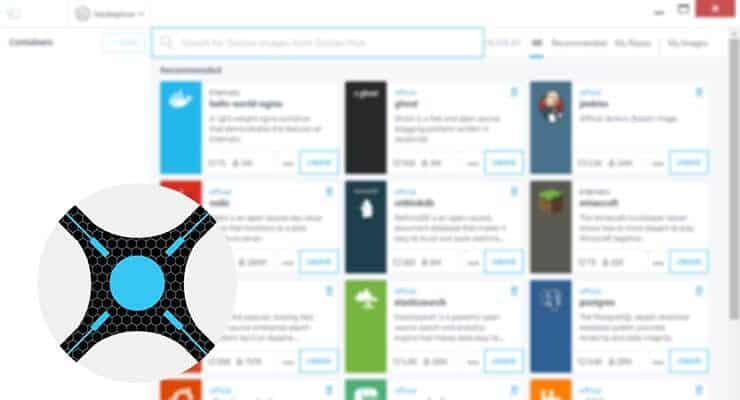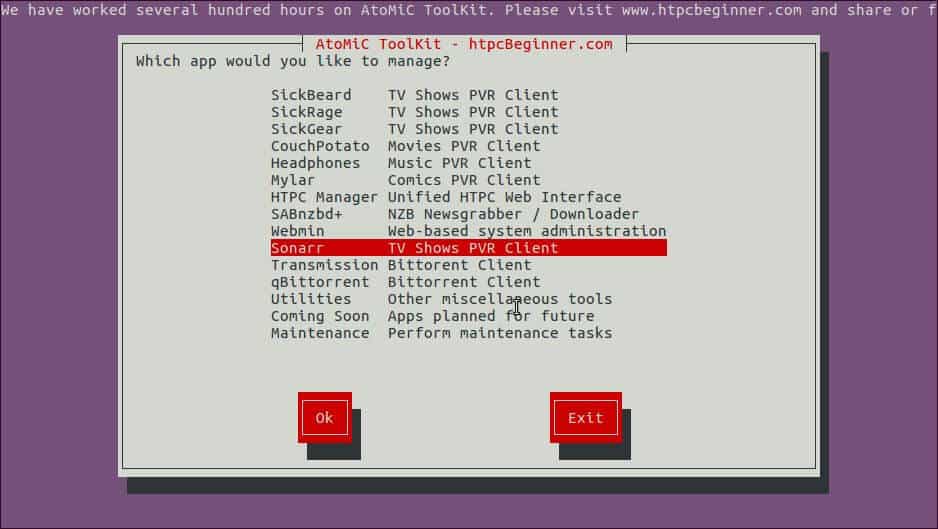

Sonarr ubuntu windows 10#
I'm currently running all these apps plus Plex Media Server on my desktop which is a 10 year old Windows 10 machine and I would like to lighten it's load as I'm getting some stuttering with video playback and, it's old.
Sonarr ubuntu install#
The only deviation from default install of Ubuntu was selecting Docker, as I had read that might be the best choice for running the programs I want to run. I have a Fire TV which I've been using as a Plex client.
Sonarr ubuntu pro#
SABnzbd will download to the 1TB SSD and the others will move the files to a WD 10TB NTFS drive, currently about half filled with media, which will be connected by USB to a newly purchased Nvidia Shield TV Pro which I expect to run Plex media server. My goal is to run SABnzbd, Sonarr, Radarr and Lidarr. This PC was running WHS 2011 but since there is no more support, I thought I would try Linux. Once installed, users can launch Solaar from the application launcher.I recently installed Ubuntu Server 20.04 on an old machine consisting of: See the project’s Github page for more detail on those. Pre-built packages for other distributions, including Arch, OpenSUSE and Mageia, are also available. This can be done from the command line like so: sudo add-apt-repository ppa:solaar-unifying/stable sudo apt install solaar
Sonarr ubuntu software#
To install the very latest stable release of Solaar users must add the Solaar PPA to their list software sources (the PPA works with all supported versions of Ubuntu).


Users can install Solaar on Ubuntu 16.04 LTS and above straight from the Ubuntu Software app, no PPA required, or by running the command: sudo apt install solaar The supported devices list on the project’s Github page provides more detail on what should work.Īs a bonus, Solaar also boasts a comprehensive set of CLI options. While Solaar does not support every Logitech keyboard or mouse able to use the Unifiying Receiver (and dongles based on it) it does support most. FN key configuration, smooth scrolling, DPI tweaks, etc.) Solaar makes it easy to access and configure them. Solaar is able to show battery status for supported devices, and if a wireless mouse, keyboard, or touchpad has any additional settings (e.g. It gives folks a handy, tray-based tool from which to pair and unpair compatible Logitech peripherals. While Logitech’s mini marvel works out-of-the-box on Linux, with the first device able to connect right away, Linux users have reported issues in pairing and unpairing subsequent peripherals, viewing battery information, and accessing advanced settings.Ī bit of command line know-how will solve most of these issues, but honestly: where’s the convenience in that? Solaar – Open Source GUI for Logitech DevicesĮnter ‘ Solaar ‘, an open-source GUI device manager that supports all Logitech Unifying, Bolt, Lightspeed, and Nano receivers. This is a far cry from the days when using a “wireless” device meant having to stay within (what felt like) a 20cm square box and in clear view of a huge blinking infrared receiver! You can tell if a dongle uses this technology as it’ll have a little sunburst icon on it, as pictured in the product photo on the right.īeing a slim, low-profile and discrete size, Logitech say there’s “no need to unplug it when you move around”. Logitech’s penny-sized USB dongles lets users connect up-to six compatible Logitech wireless devices to their computer via a single dongle. In this post we look at nifty tool that makes using Logitech’s Unifying Receiver or Nano receiver on Linux a lot easier.


 0 kommentar(er)
0 kommentar(er)
